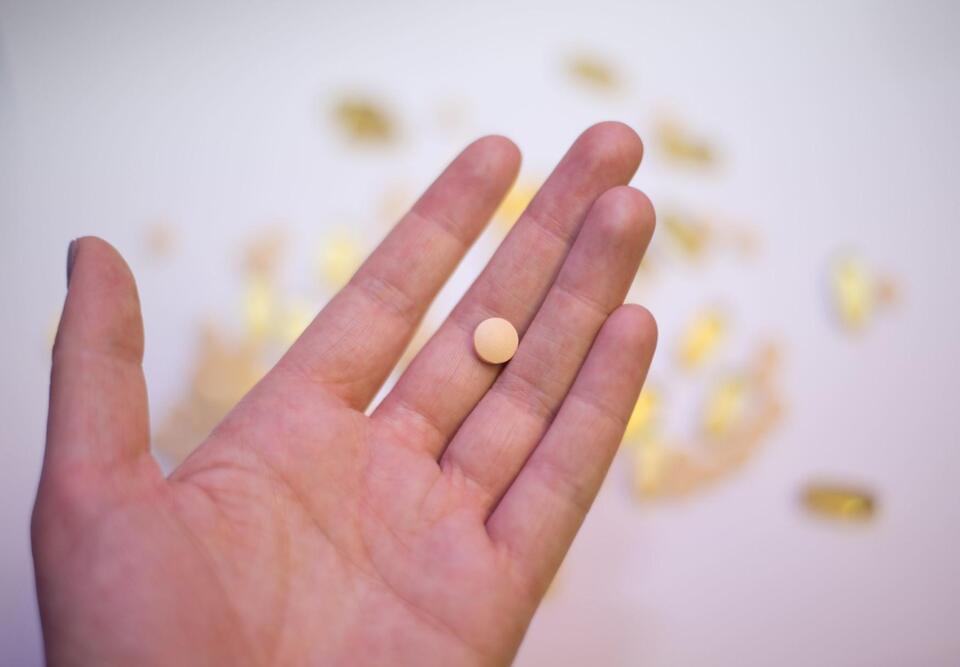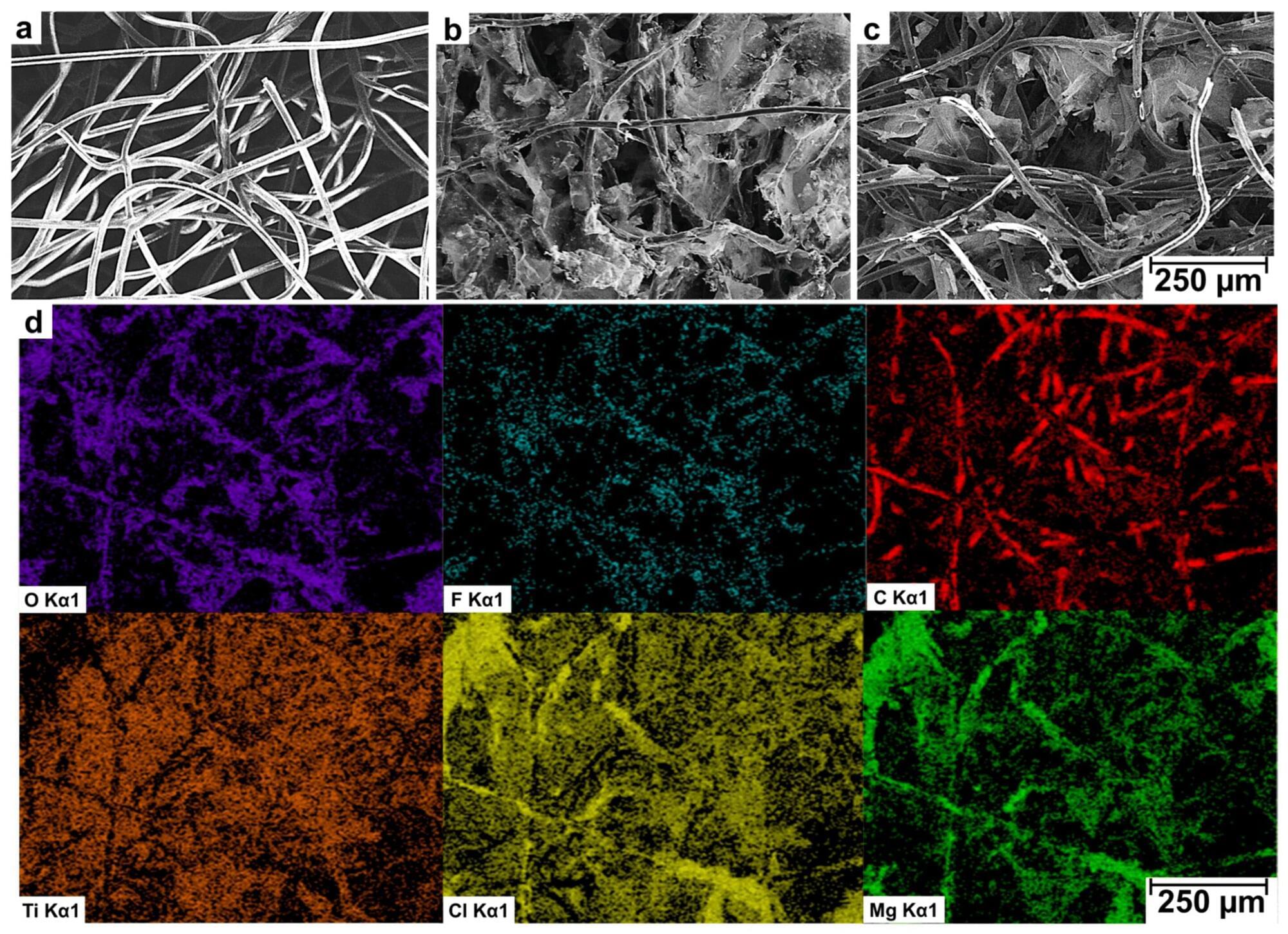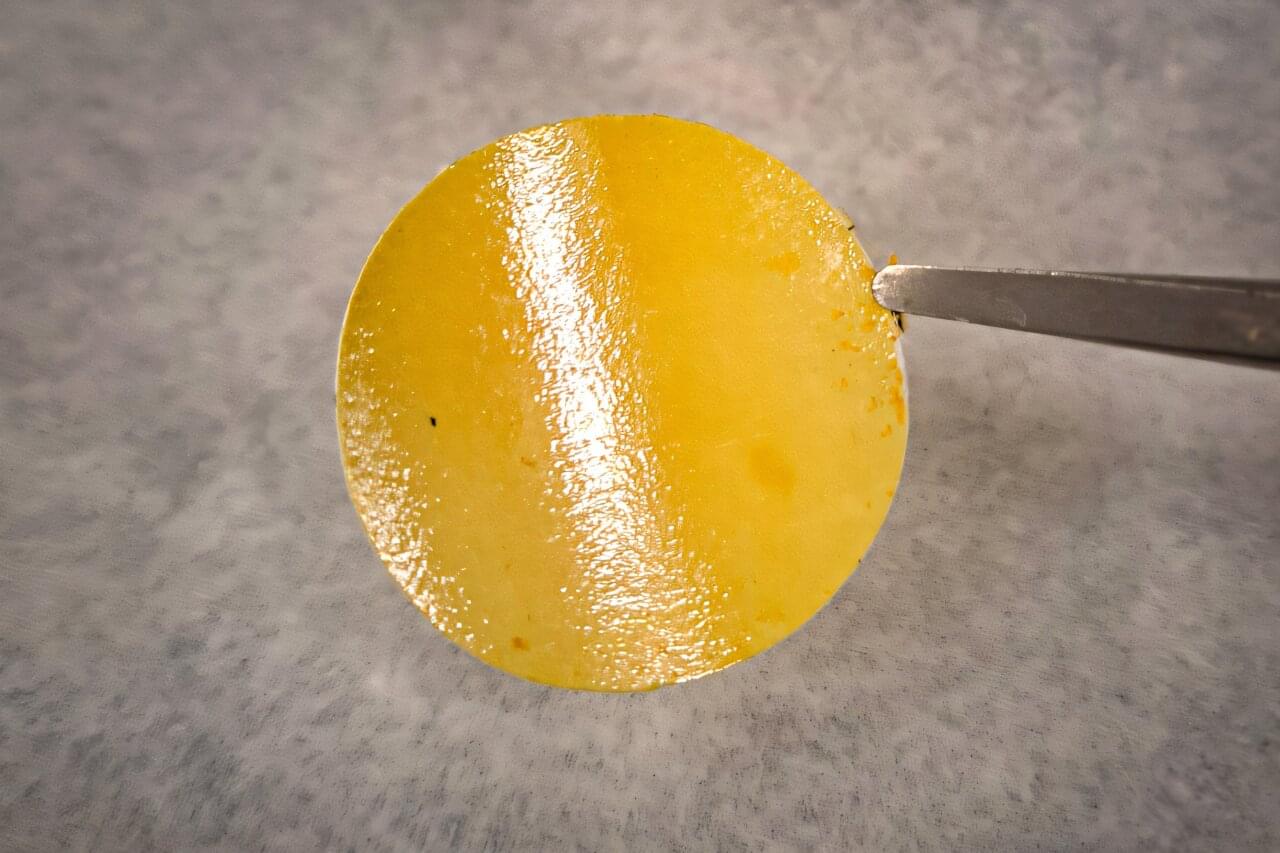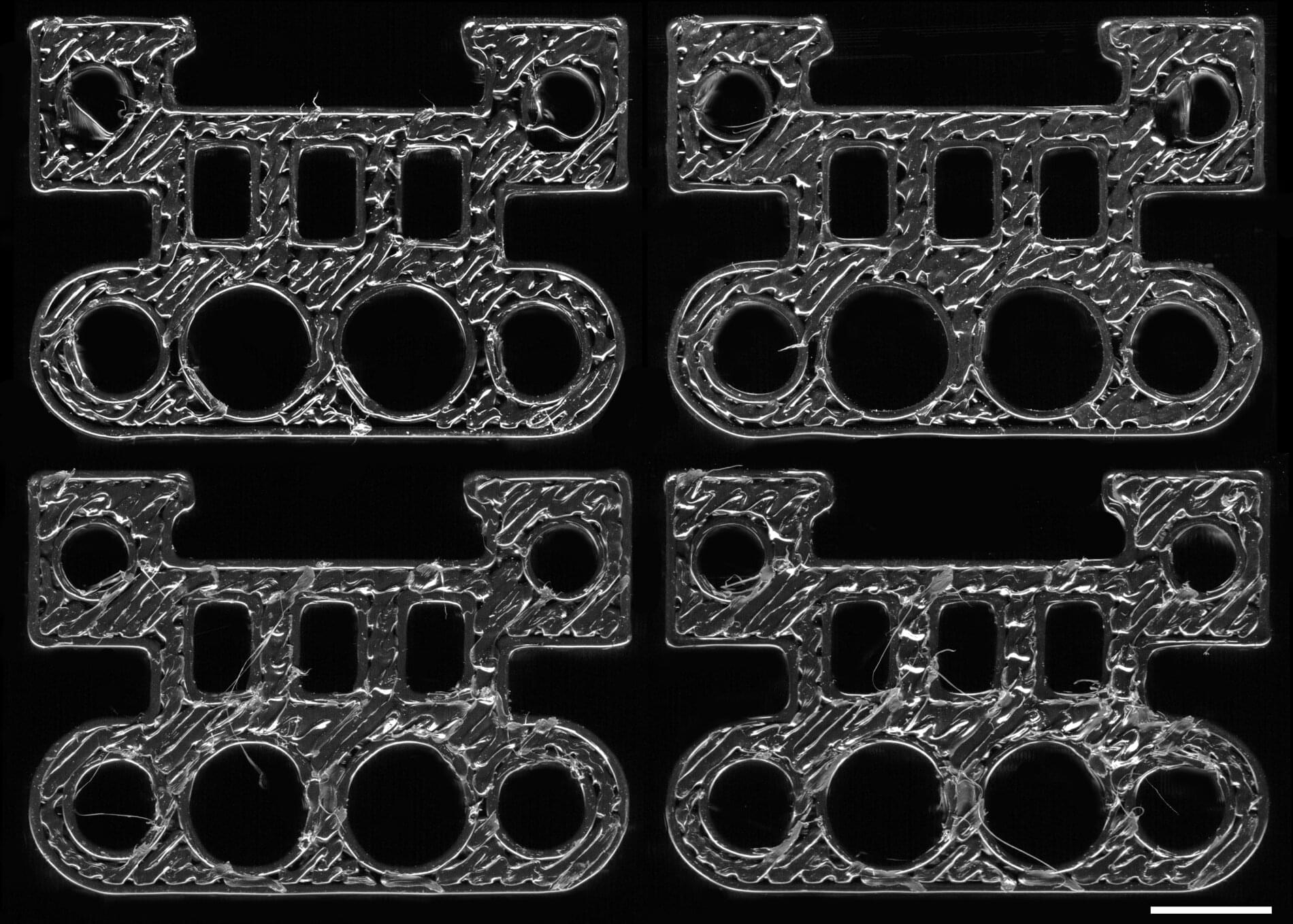The COVID-19 pandemic increased public awareness of the importance of mask use for personal protection. However, when the mesh size of mask fabrics is small enough to capture viruses, which are usually around one hundred nanometers in size, the fabric typically also restricts air flow, resulting in user discomfort. Researchers from Japan have now developed a new filter material that effectively captures nanoparticles, although further improvements are needed to make it suitable for comfortable mask use.
In a study published this month in Materials Advances, researchers from the Institute of Industrial Science at the University of Tokyo have developed a filter capable of capturing nanoparticles such as viruses. While the filter demonstrates high filtration efficiency, its airflow resistance is currently higher than the standards required for face masks, indicating that additional development is necessary before it can be used for personal protective equipment.
The filter is constructed from nanosheets consisting of an ordered mesh composed of porphyrins, which are flat, ring-shaped molecules with a central hole. The tiny holes in the porphyrin molecules are suitably sized to allow the easy passage of the small gas molecules in air while blocking the movement of larger particles, such as viruses. The nanosheets are then supported on a fabric modified with nanofibers containing pores of several hundred nanometers to form the filter.









